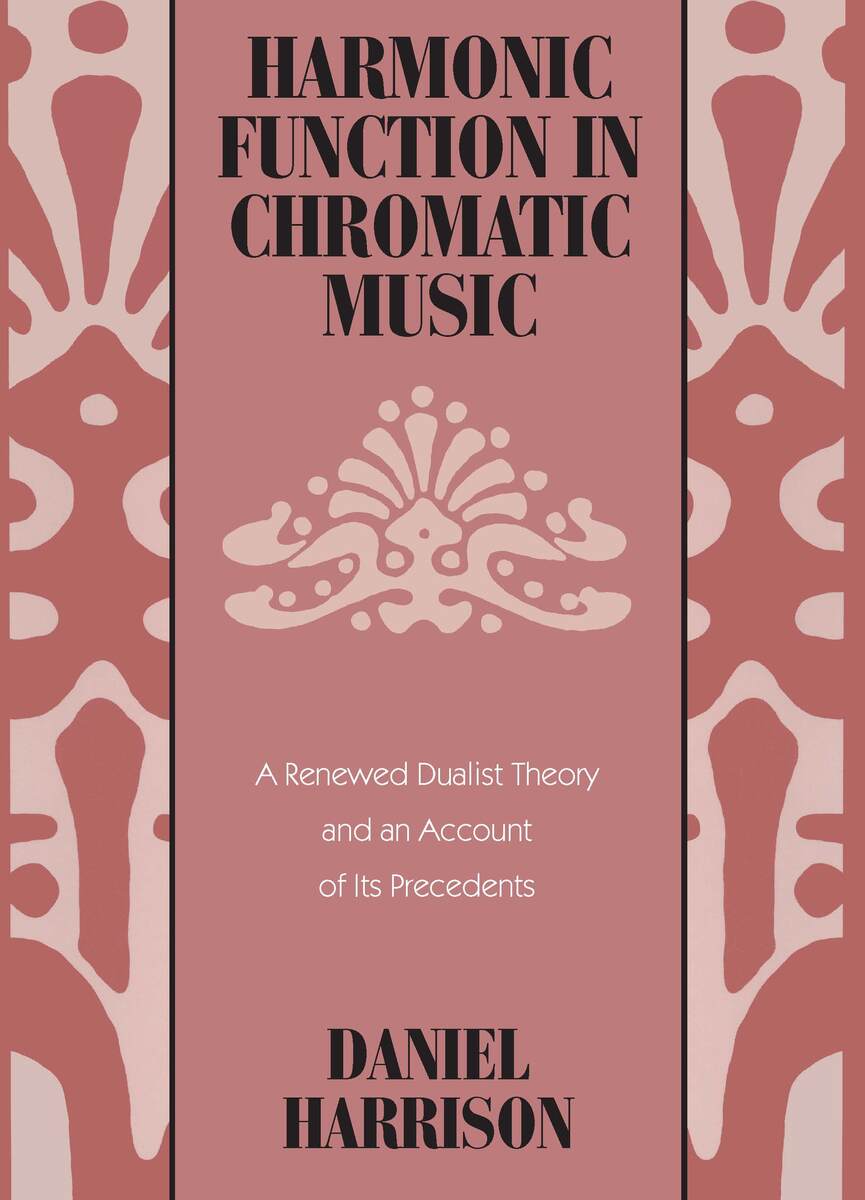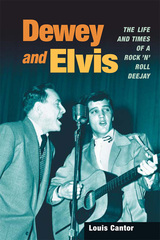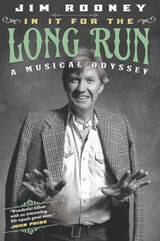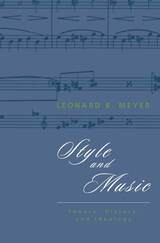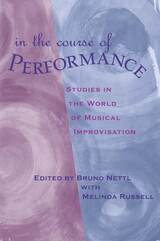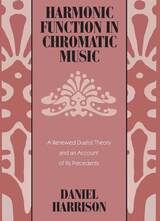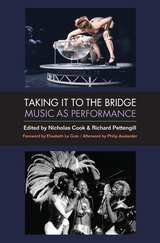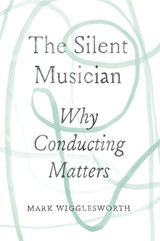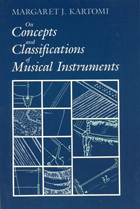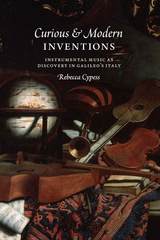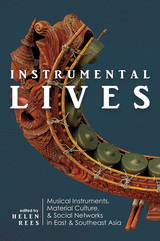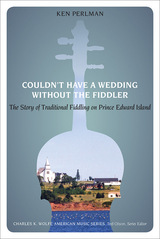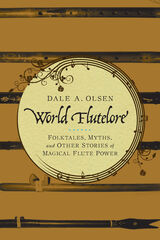Harmonic Function in Chromatic Music: A Renewed Dualist Theory and an Account of Its Precedents
University of Chicago Press, 1994
Paper: 978-0-226-31809-7 | Cloth: 978-0-226-31808-0
Library of Congress Classification ML444.H376 1994
Dewey Decimal Classification 781.25
Paper: 978-0-226-31809-7 | Cloth: 978-0-226-31808-0
Library of Congress Classification ML444.H376 1994
Dewey Decimal Classification 781.25
ABOUT THIS BOOK | AUTHOR BIOGRAPHY | TOC | REQUEST ACCESSIBLE FILE
ABOUT THIS BOOK
The highly chromatic music of the late 1800s and early 1900s includes some of the best-known works by Gustav Mahler, Richard Strauss, Cesar Franck, and Hugo Wolf. Yet until now, the harmonic complexity of this repertory has resisted the analytic techniques available to music theorists and historians. In this book, Daniel Harrison builds on nineteenth-century music theory to provide an original and illuminating method for analyzing chromatic music.
One of Harrison's central innovations is his reconstruction of the notion of harmony. Harrison understands harmonic power to flow not from chords as such but from the constituents of chords, reckoned for the most part as scale degrees of a key. This insight proves especially useful in analyzing the unusual progressions and key relations that characterize chromatic music.
Complementing the theoretical ideas is a critical history of nineteenth-century German harmonic theory in which Harrison traces the development of Hugo Riemann's ideas on dualism and harmonic function and examines aspects of Riemannian theory in the work of later theorists. Combining theoretical innovations with a sound historical understanding of those innovations, Harmonic Function in Chromatic Music will aid anyone studying this pivotal period of Western music history.
One of Harrison's central innovations is his reconstruction of the notion of harmony. Harrison understands harmonic power to flow not from chords as such but from the constituents of chords, reckoned for the most part as scale degrees of a key. This insight proves especially useful in analyzing the unusual progressions and key relations that characterize chromatic music.
Complementing the theoretical ideas is a critical history of nineteenth-century German harmonic theory in which Harrison traces the development of Hugo Riemann's ideas on dualism and harmonic function and examines aspects of Riemannian theory in the work of later theorists. Combining theoretical innovations with a sound historical understanding of those innovations, Harmonic Function in Chromatic Music will aid anyone studying this pivotal period of Western music history.
See other books on: Account | Gospel | Harmony | Music theory | Religious
See other titles from University of Chicago Press
